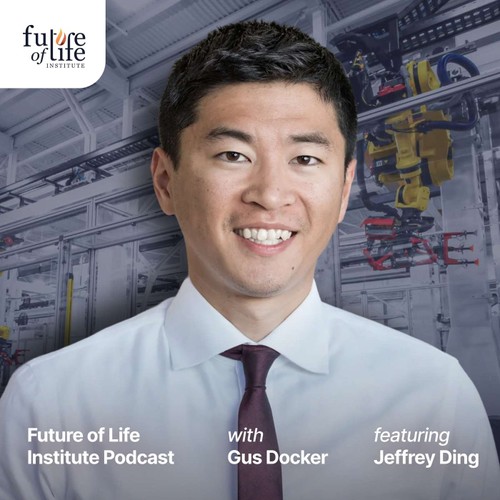
 Future of Life Institute Podcast
Future of Life Institute Podcast Inside China's AI Strategy: Innovation, Diffusion, and US Relations (with Jeffrey Ding)
51 snips
Apr 25, 2025 Jeffrey Ding, an expert on US-China dynamics and AI technology at George Washington University, dives into the complex world of AI innovation and diffusion. He discusses the misconceptions around an AI arms race, contrasting the distinct strategies of the U.S. and China. Jeffrey sheds light on China's views on AI safety and the challenges of disseminating AI technology. He also shares fascinating insights from translating Chinese AI writings, emphasizing how automating translation can bridge knowledge gaps in the global tech landscape.
AI Snips
Chapters
Transcript
Episode notes
Misconception of AI Arms Race
- AI arms race differs from nuclear arms race; AI weapons aren't discrete, countable bombs.
- AI capabilities diffuse widely in military and economic systems, avoiding a single decisive weapon race.
China's Compute-Constrained AI Path
- US AI development is compute-rich; China faces compute constraints due to lack of high-end chips.
- China adapts by building smaller, efficient models and embracing open-source approaches to AI.
China's Unique AI Safety Focus
- Chinese AI safety focuses overlap with Western models but have distinct political content filtering.
- The term "value alignment" in China often means political content control, differing from Western safety usage.

